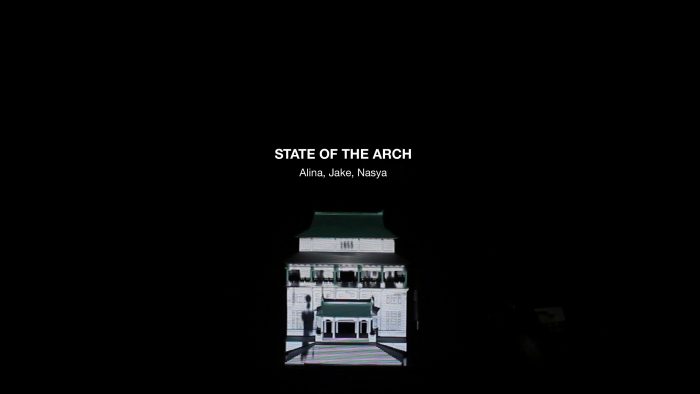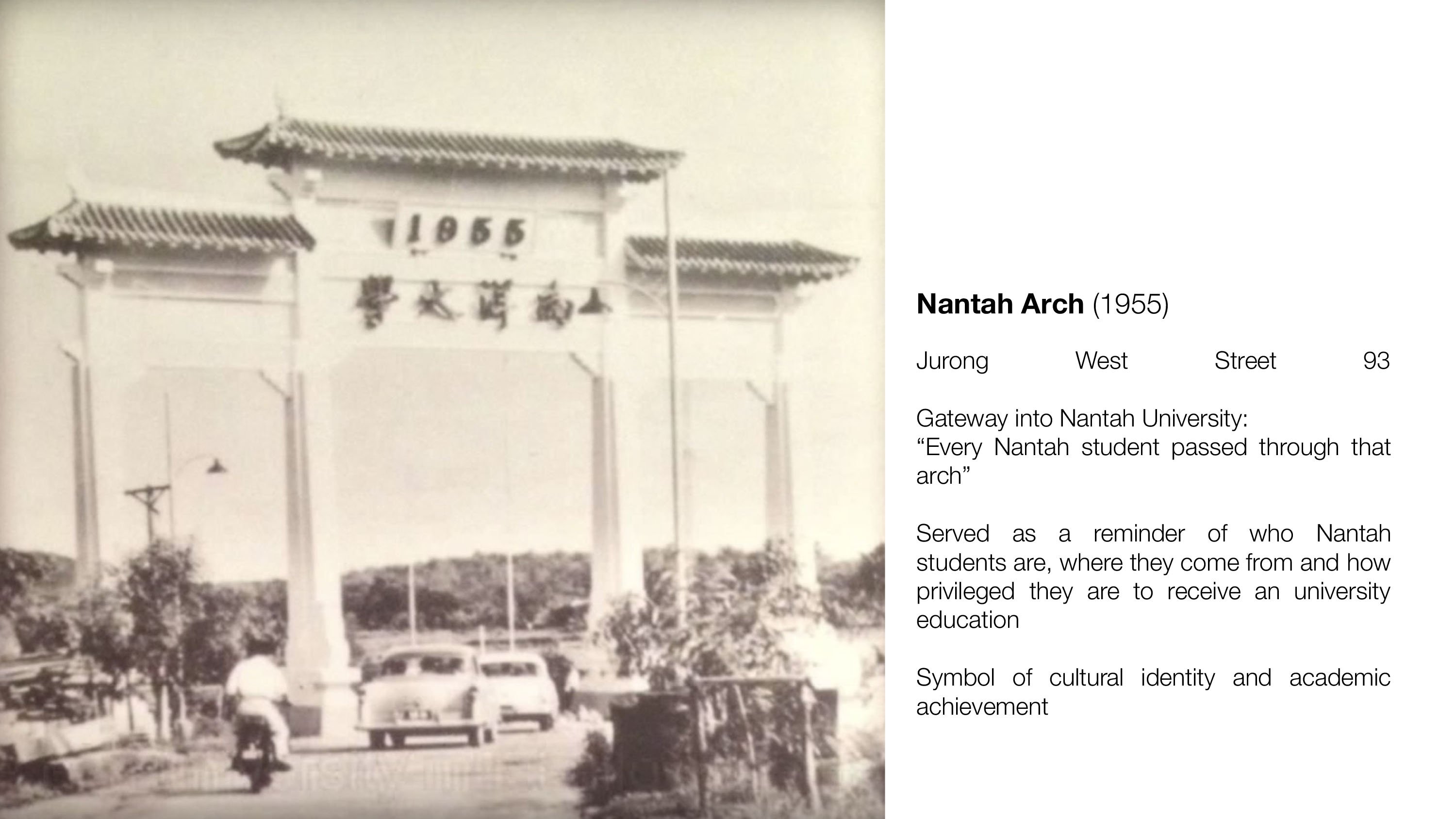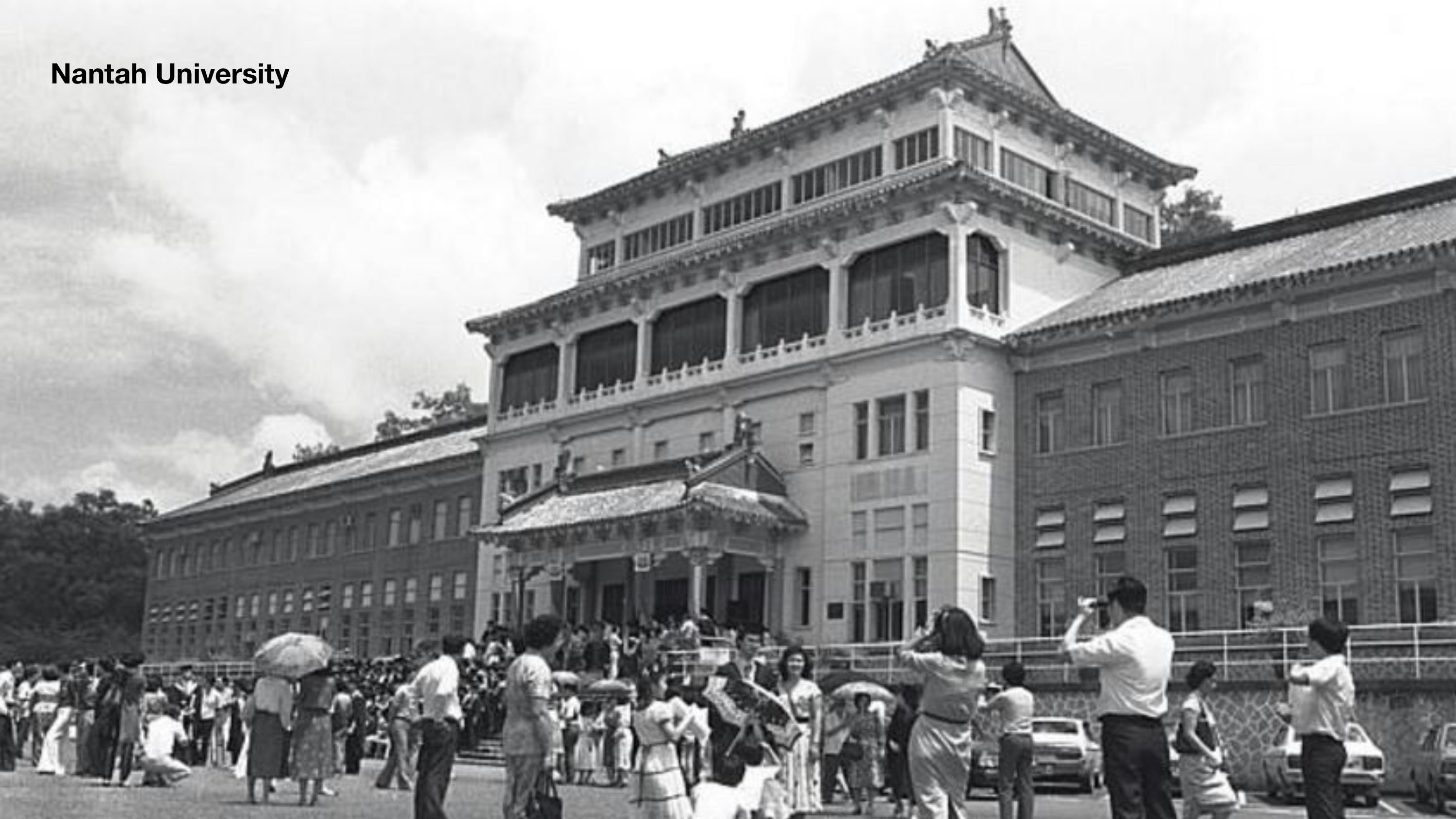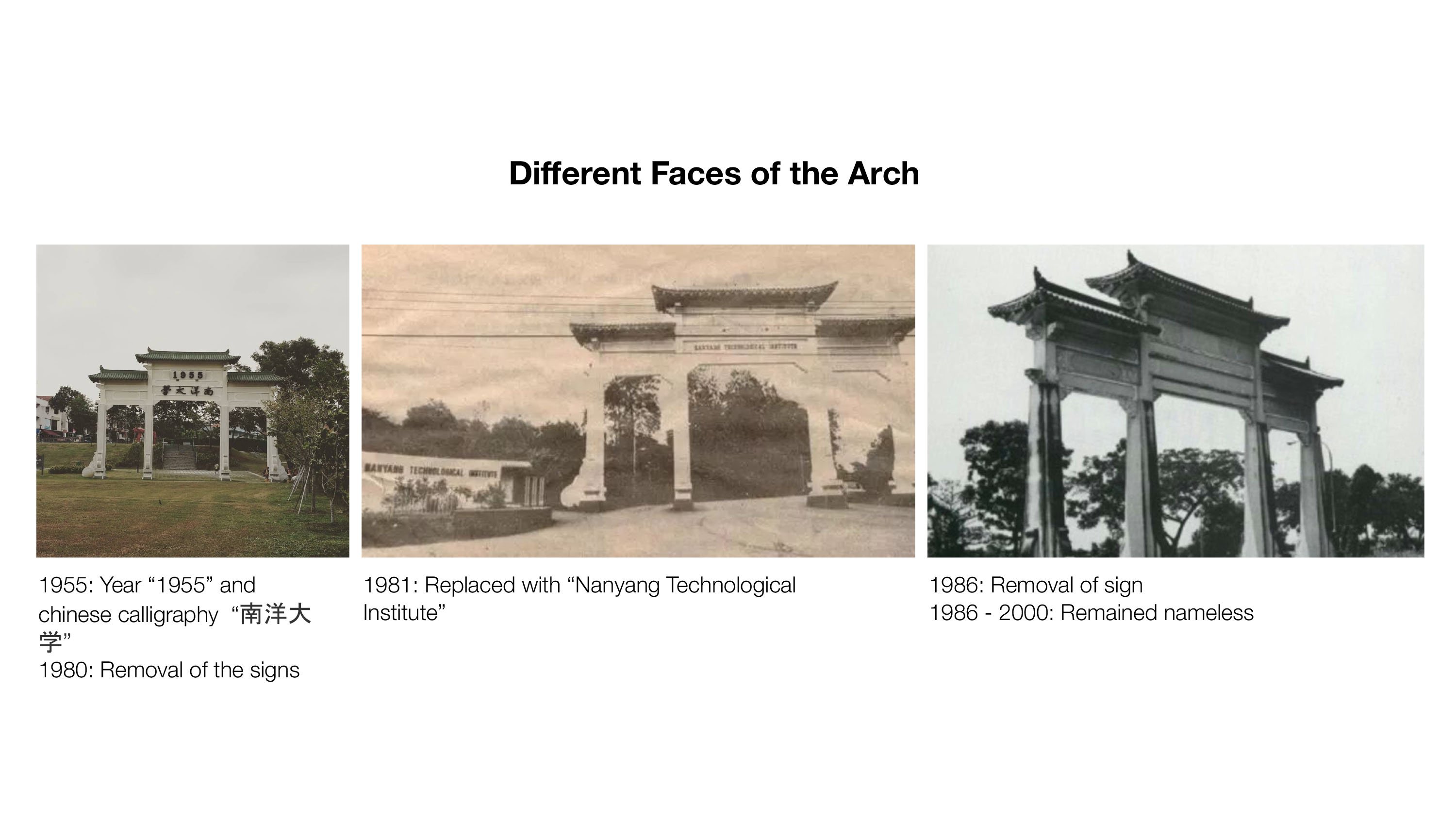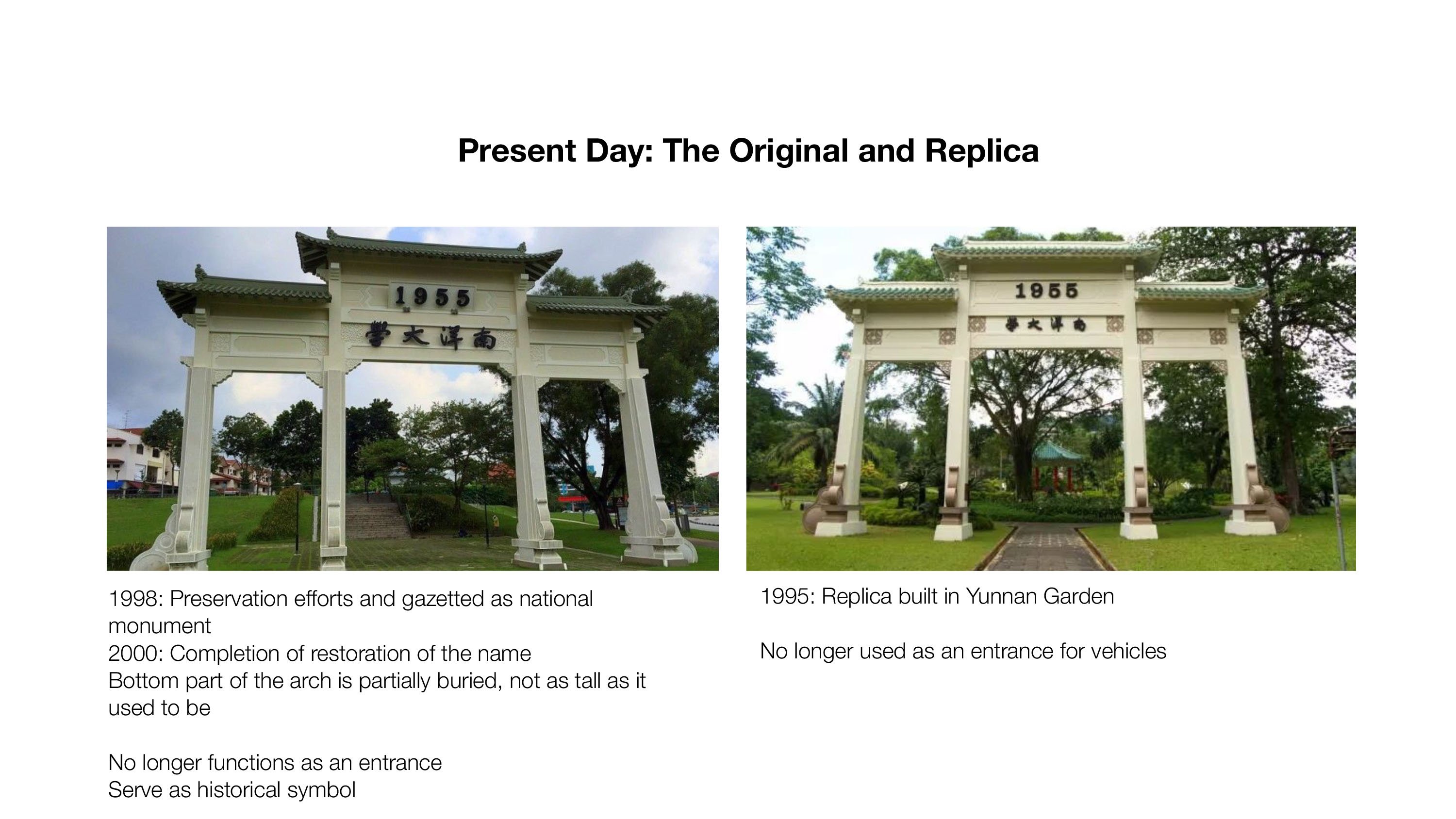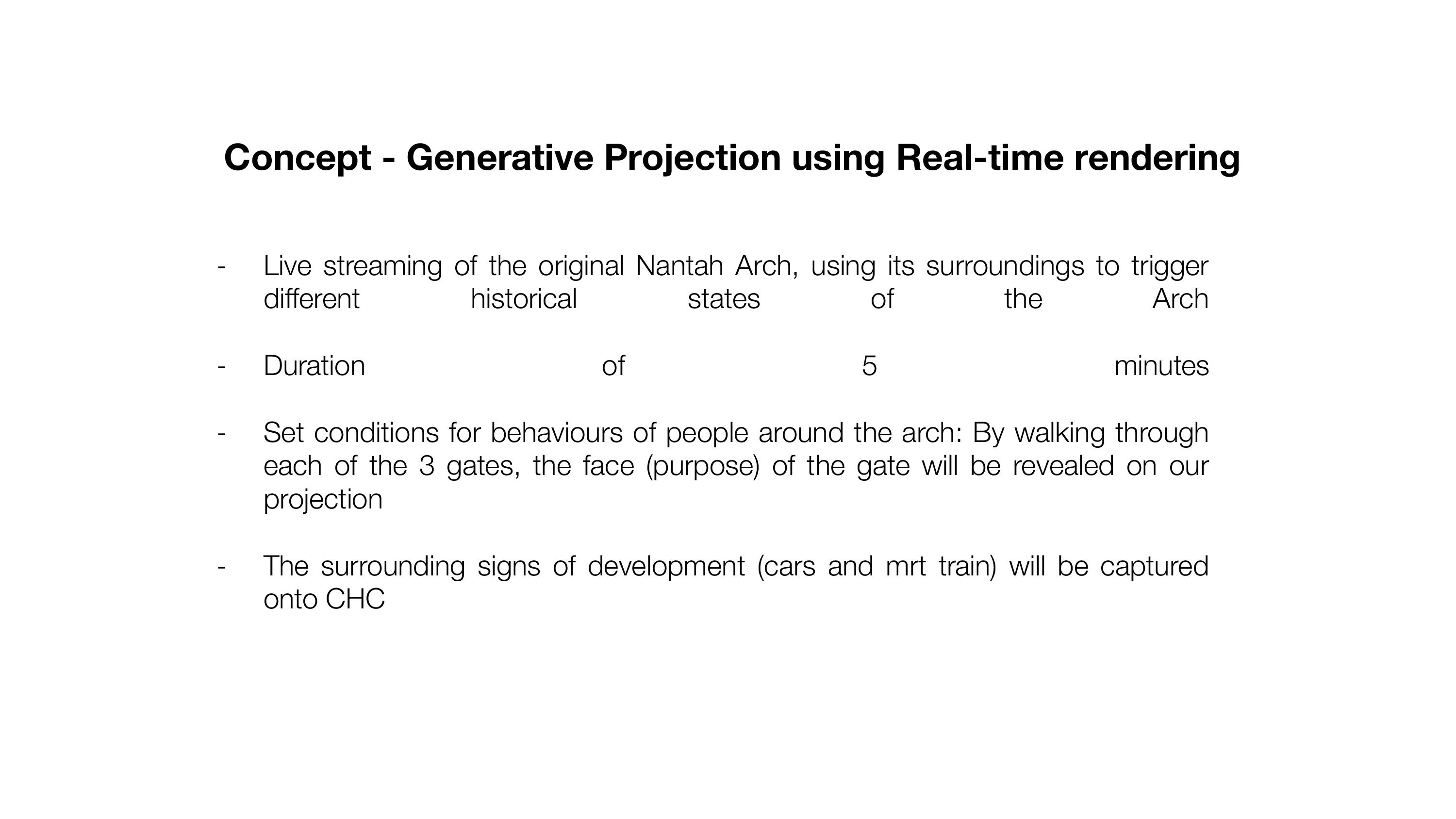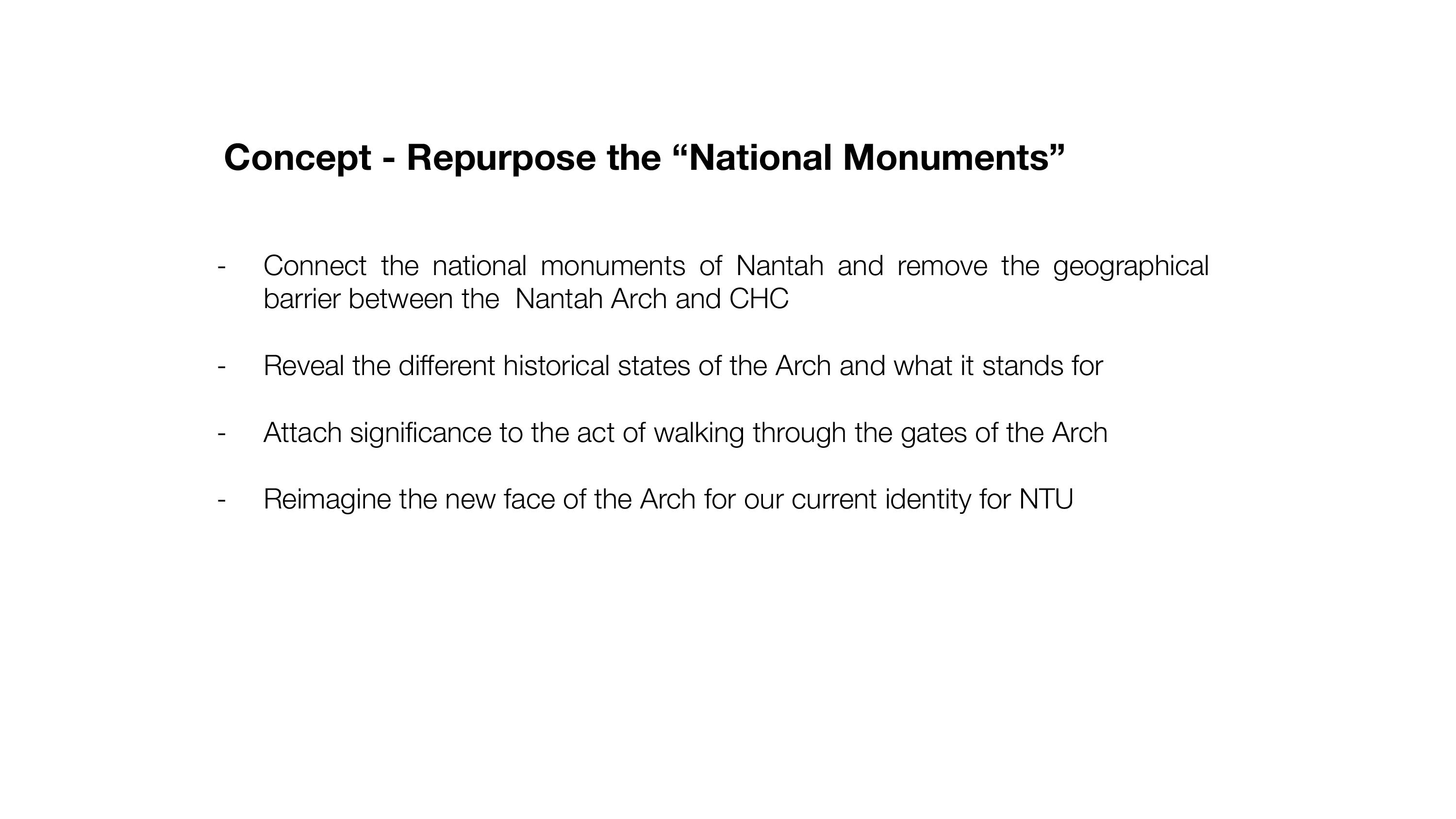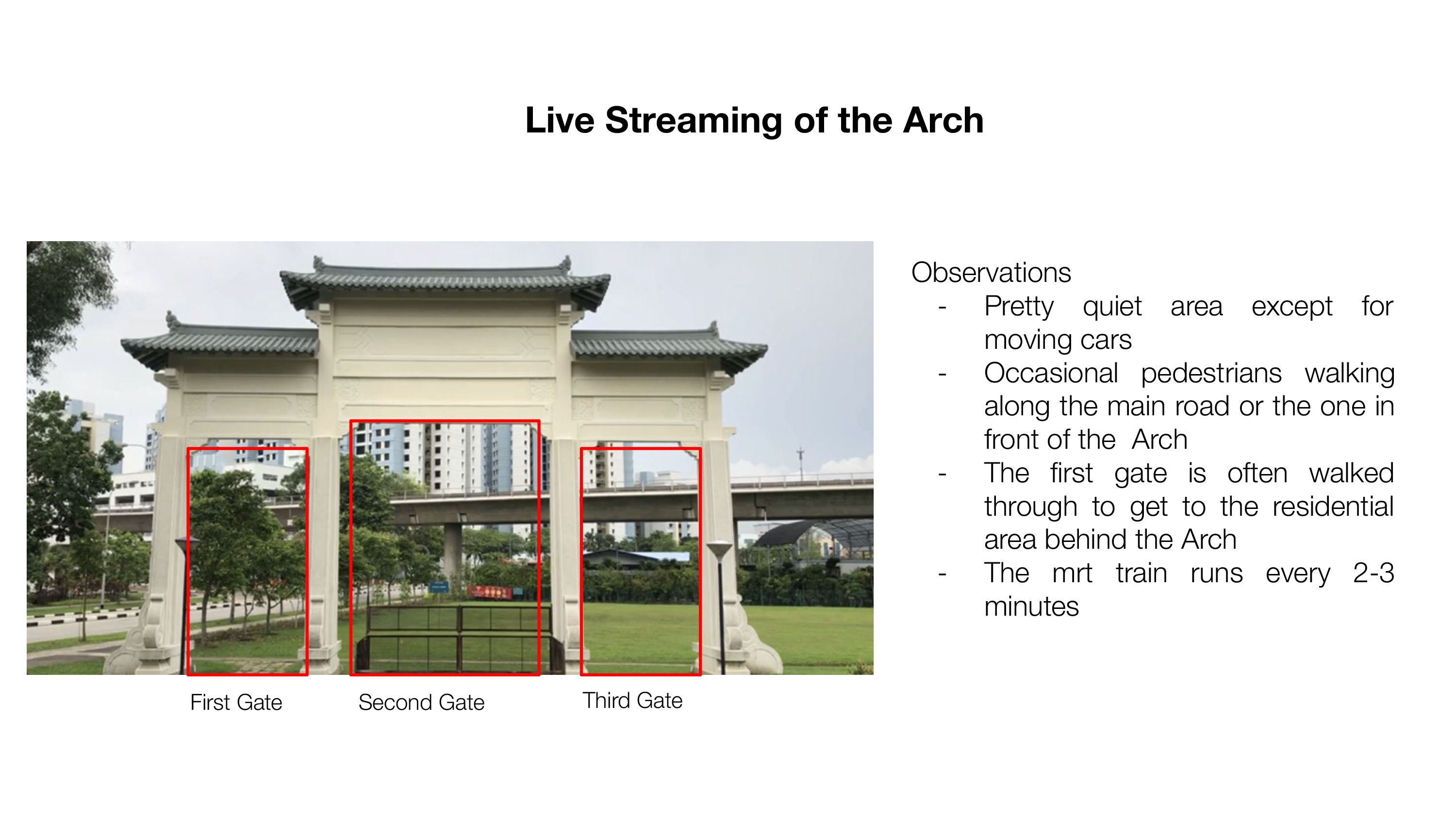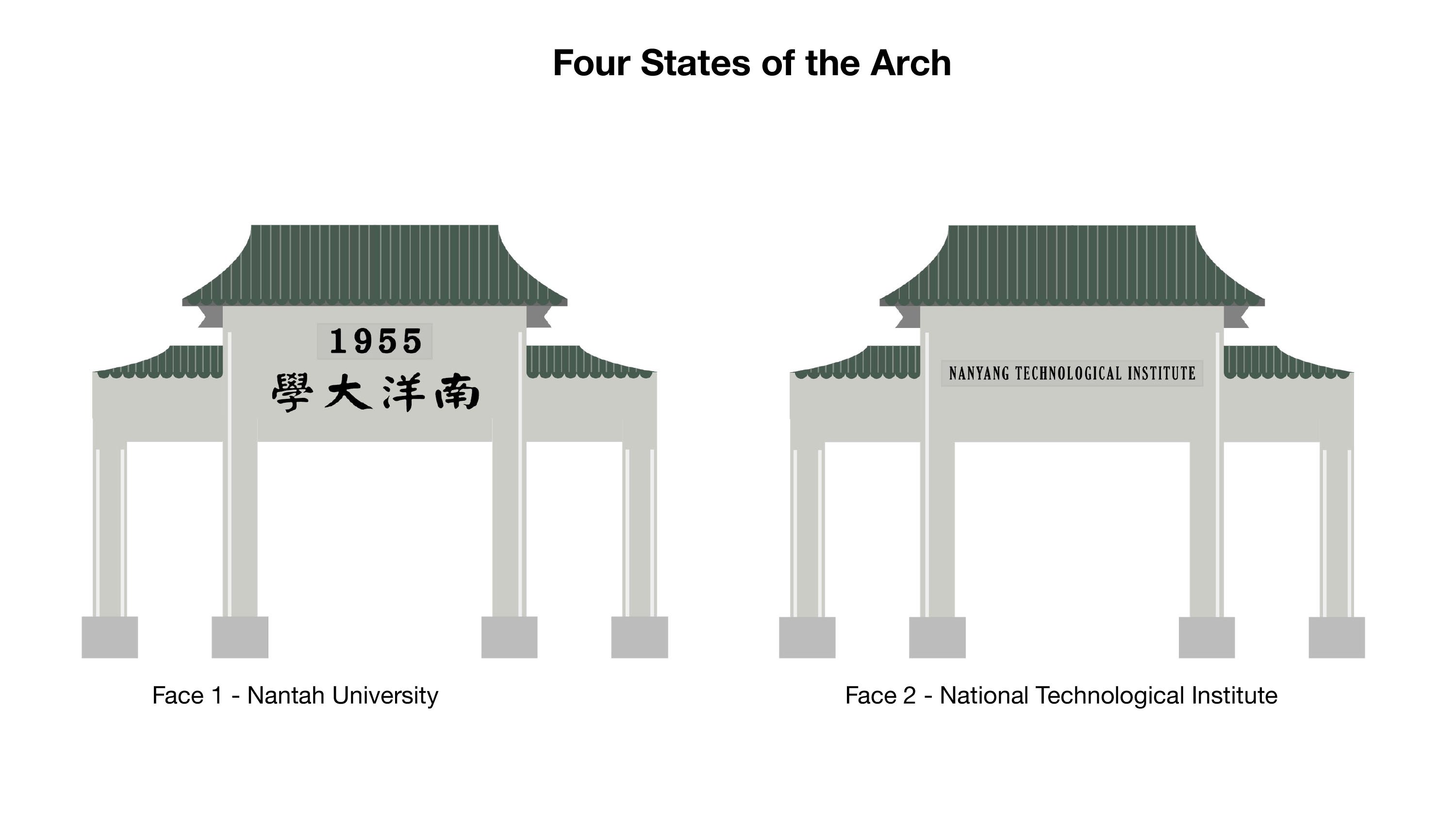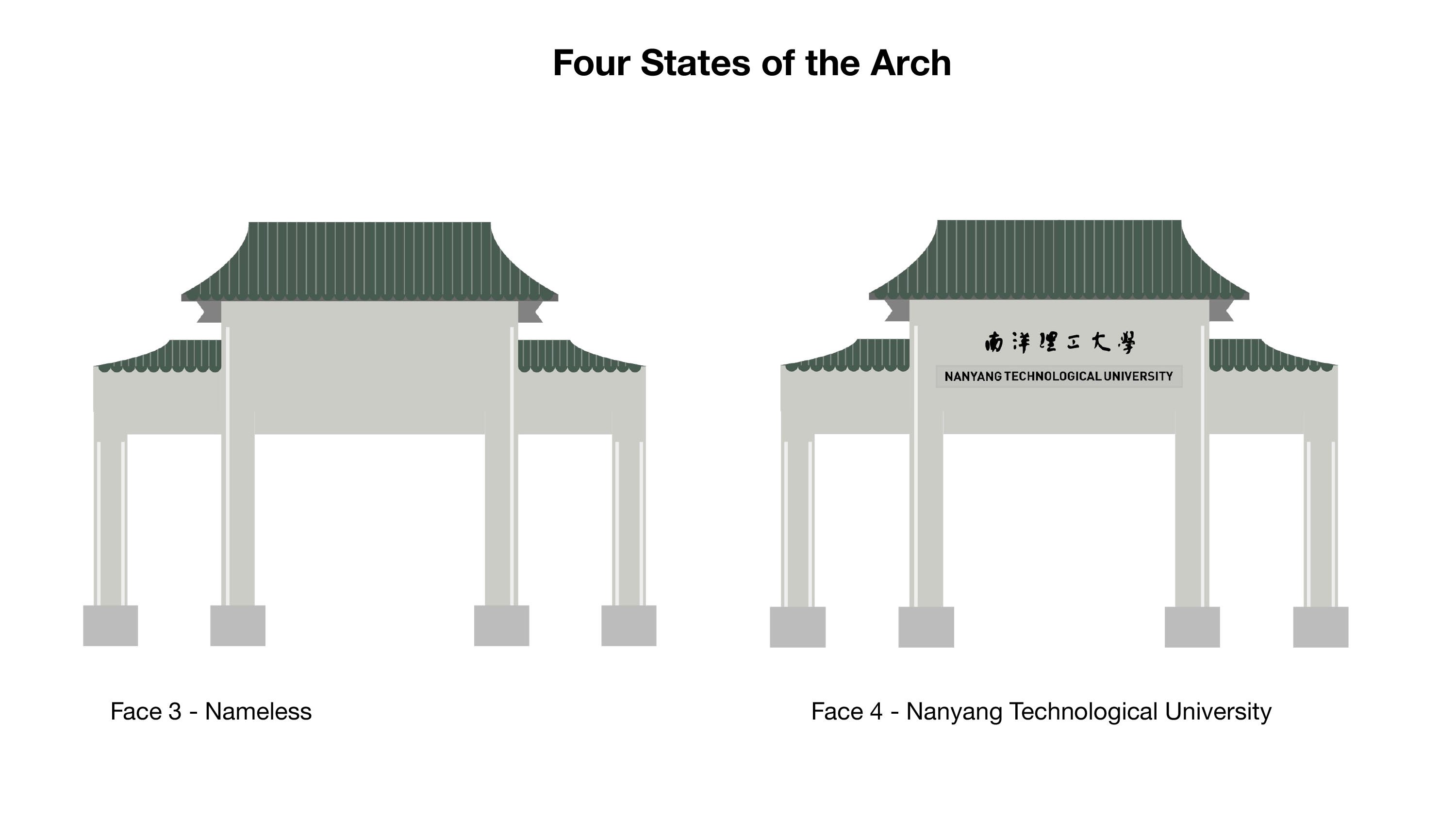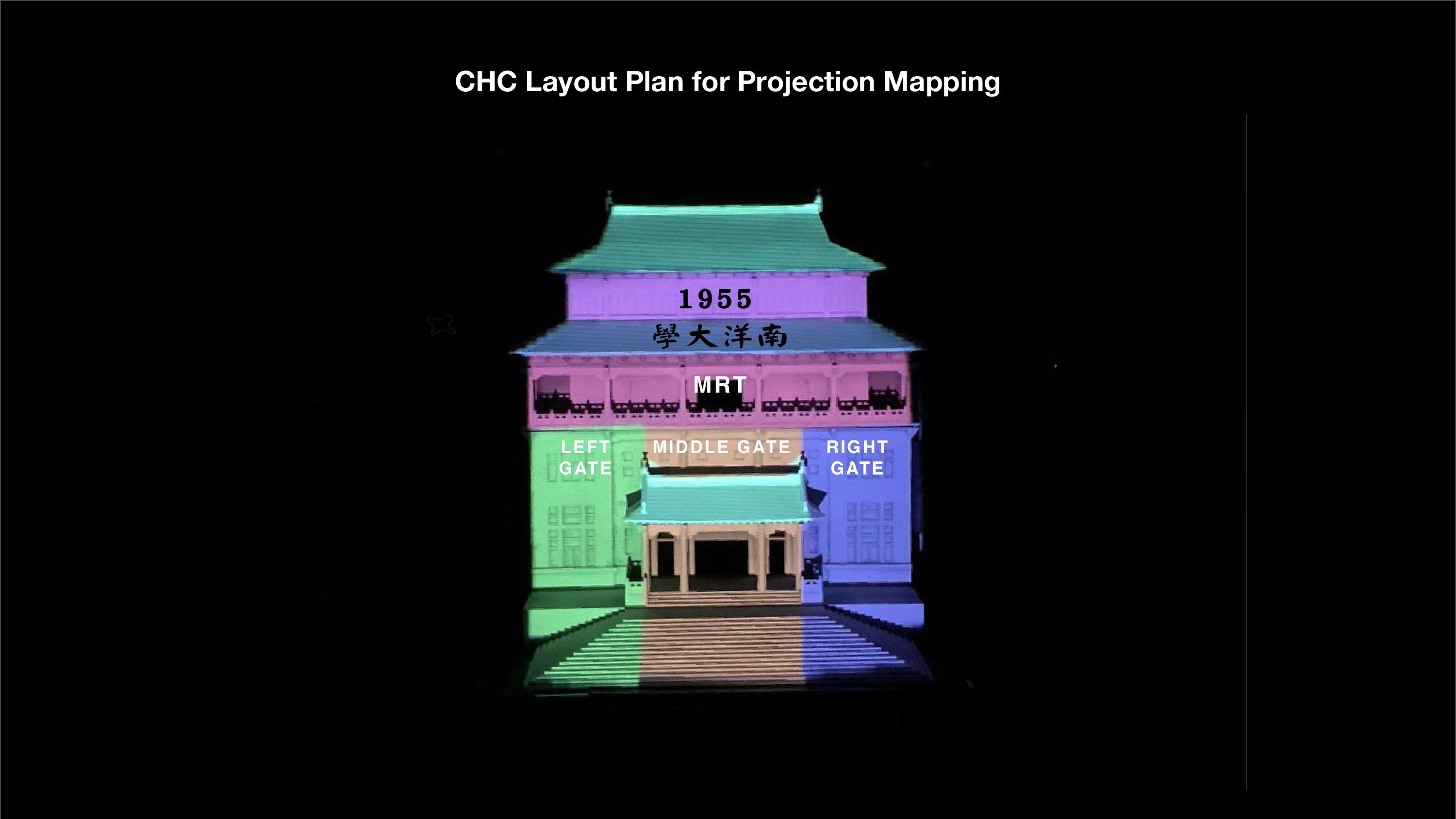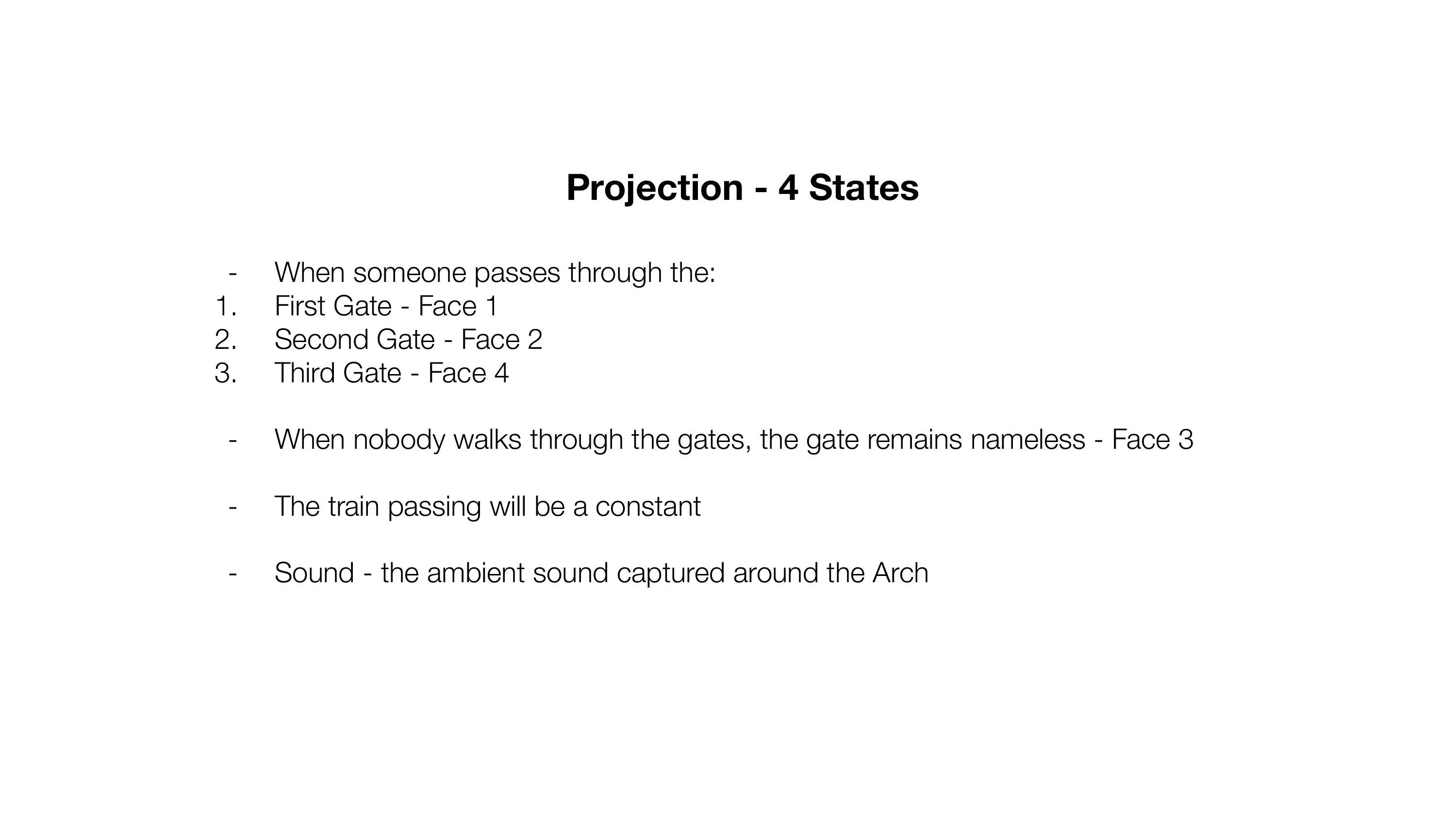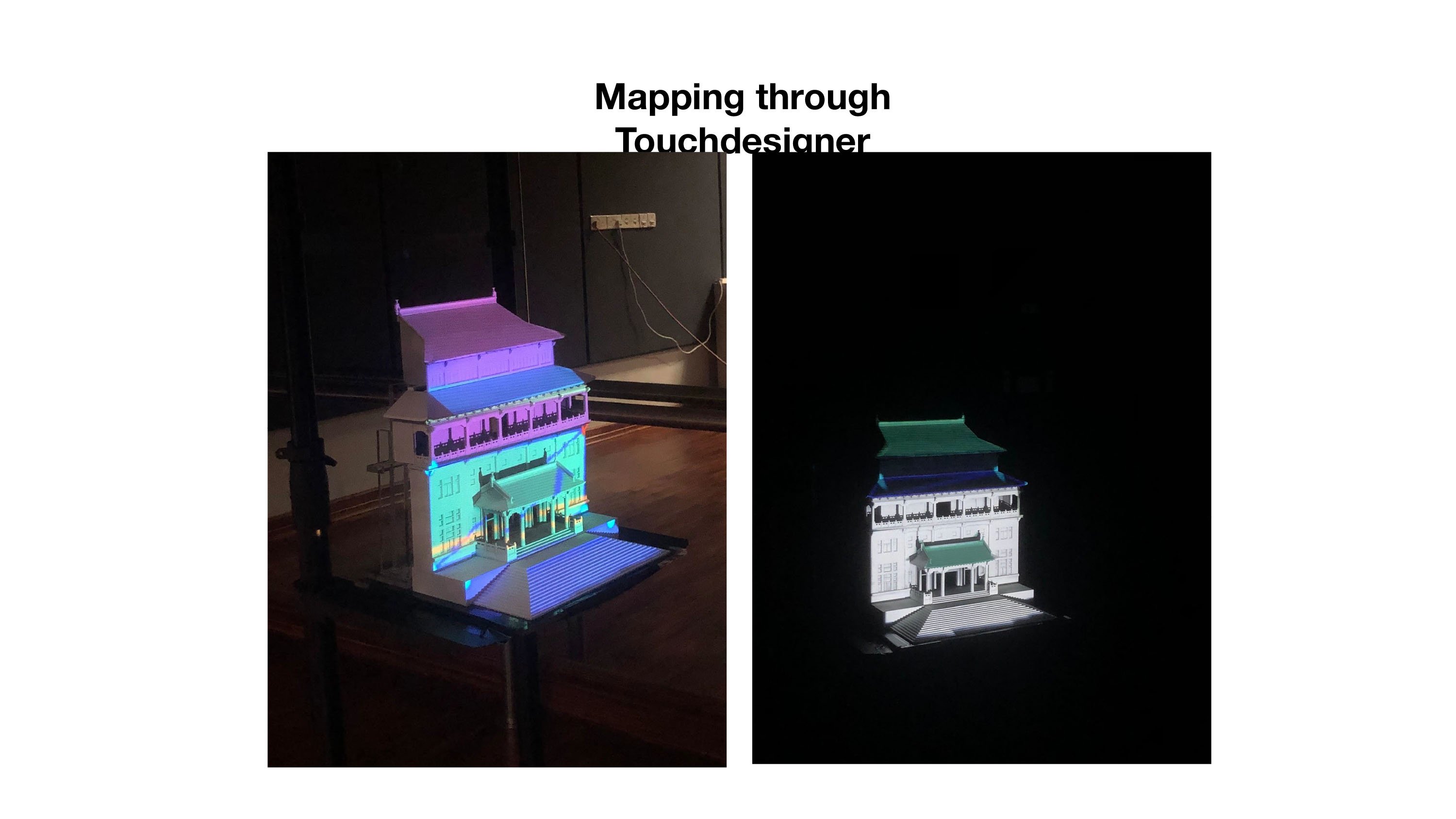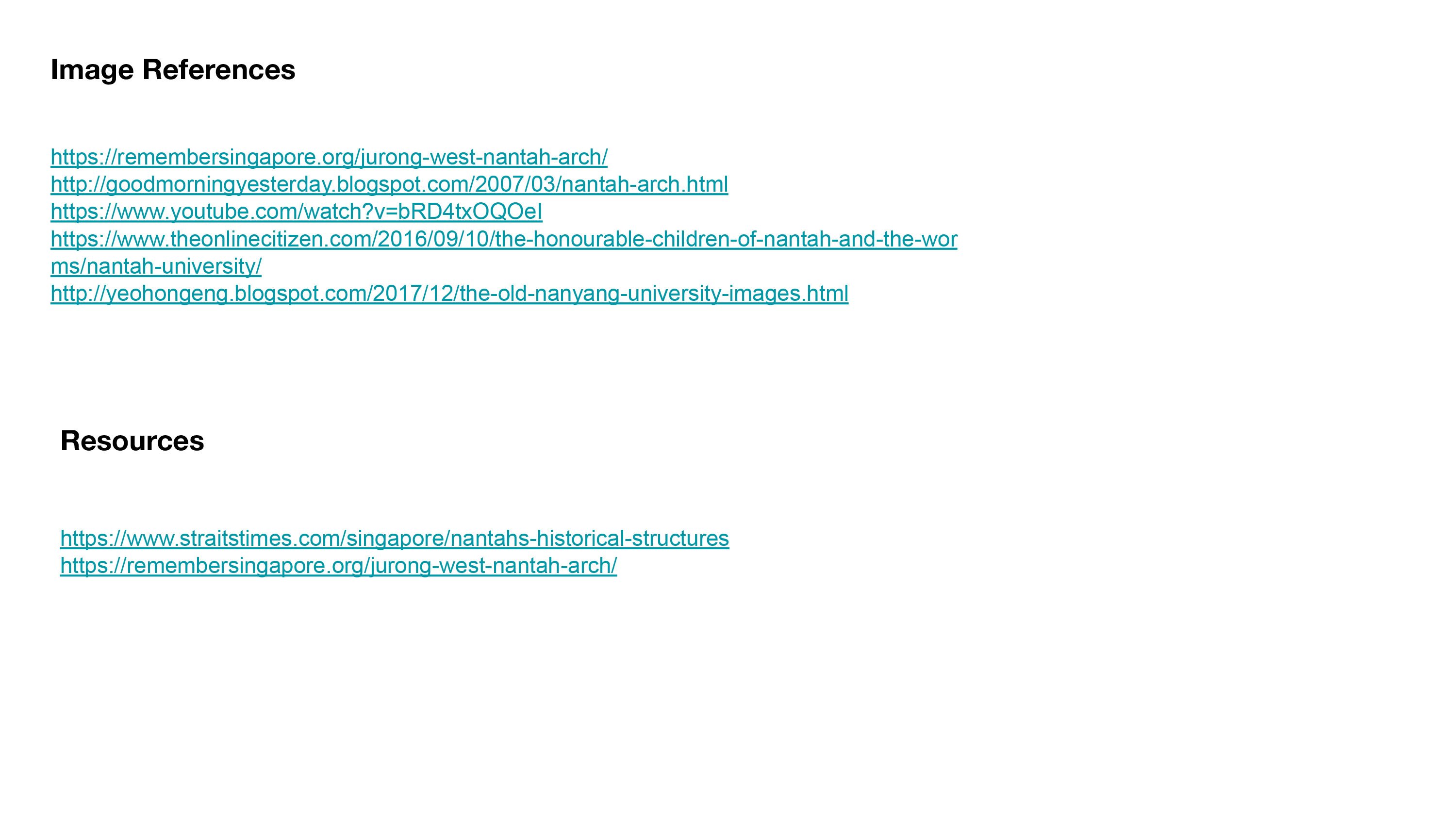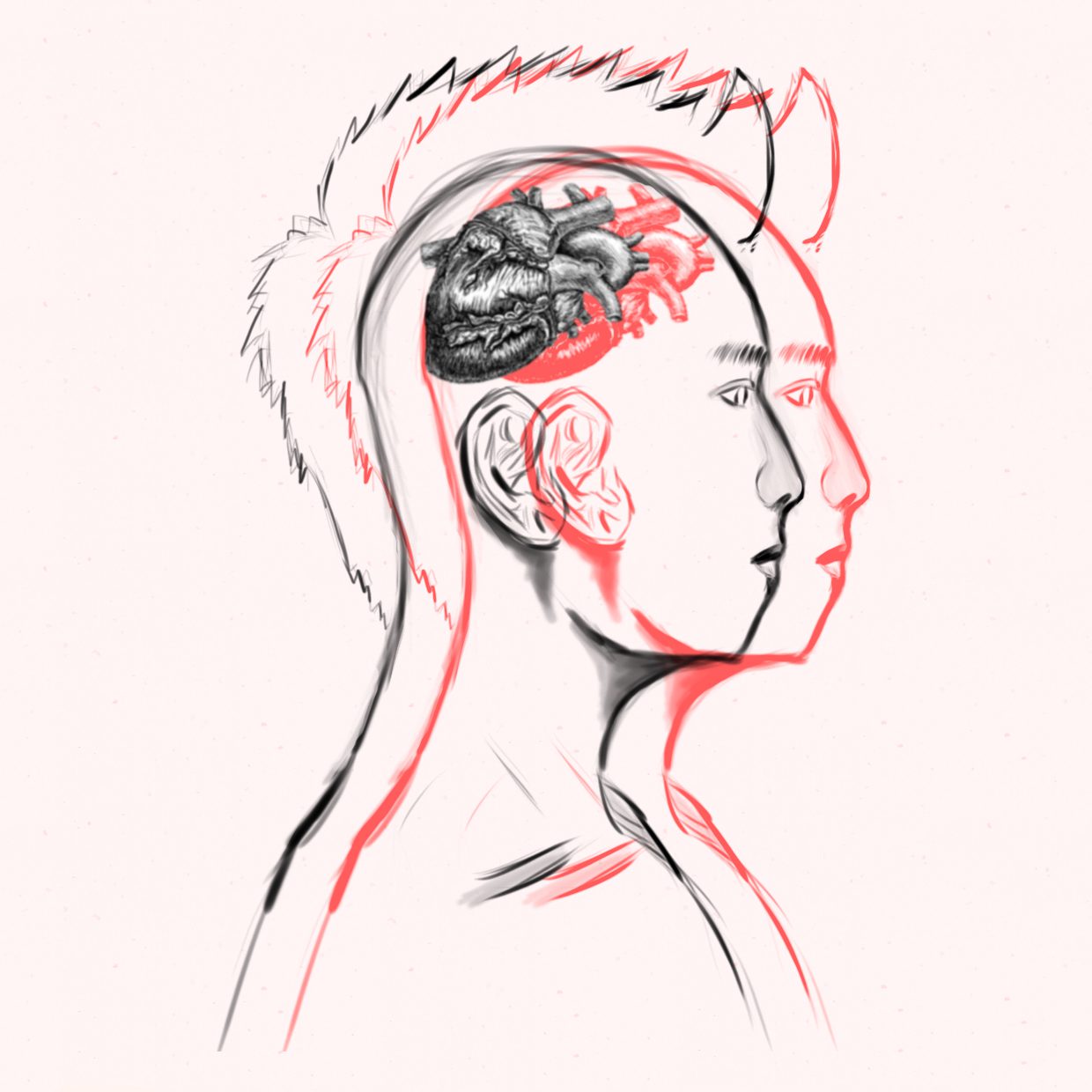



The City of Quantified Quantified Visions. It’s not a typo. During the entire talk, when the idea of quantified visions was brought up, it was mostly about efficiency and the idea of a small country with big dreams. My idea of a quantified quantified vision is about the steps leaders of our country had to make in the past to sustain and develop a small island into a first world country; and in turn, how that ideology and culture making has breed a different kind of human and how these human would interact, react and act amongst art, and in our case specifically, urban media art.
Singapore, independent from 1955 after leaving the Malaysia, was governed by a no funny business, efficiency driven government that had big dreams and visions for the country. Everything had to count, time was ticking and all Singapore had was people and these people became his quantified vision of the country. We are numbers generating numbers and from birth, taught to grow up to fit a specific mould if we were to get these benefits, which are actual fundamental necessities.
The THIAN HOCK KENG MURAL 天福宫壁画, done not long ago in 2017, that we encountered during our research field trip is a testament to how much Singapore is trying to preserve its past whilst focusing on the future. The mural, evidently an art work, is commissioned by a government agency and that alone shows the nature of art making in Singapore. Most art, not specifically urban or media art, has funding backed by government led ministries and initiatives. That is not, in the least, a bad thing. However, it does become a known issue if almost all art projects in Singapore is state funded because it becomes a situation where only art works or artists that are affiliated or endorsed by the government can see the light of day.
Citing an older local work is The Art of Charlie Chan Hock Chye by Sonny Liew, a local illustrator. He was awarded a grant to produce this book by the National Art Council. This grant was later revoked nearing the launch of the book because it contained political messages that did not align itself with the government. This book later went on to win numerous awards, locally and internationally.
Beyond the issue of filtering from third parties with agendas, there is also the issue mentioned before, that Singaporeans are not ready for contemporary art. This may be a bold statement and this definitely is not the case for all Singaporeans, but with recent exhibits that put Instagram at the forefront that Singaporeans are flocking to, that does say something about the society that we are making art for.
TeamLab’s exhibition at the Art Science Museum is amazing, I have to admit. It’s interactive, it’s for all ages and it’s entertaining. But it is also a spectacle that numbs us, temporarily, from this oppressive society that we live in. Funny enough, Yaoi Kusama’s work that happened last year garnered record high social media interactions and with our National Gallery being tagged as the location, it creates imprints an impression and a false perception of what modern day contemporary art really is. Social media being in the fore front for almost every aspect of our lives now, it does seem it would be easier to create art that produces uncanny photorealistic moments than works that provoke thought and emotion.
The art situation that Singaporean artists are facing is that we need to make art to please 1. the government and 2. the people, both of which have no idea what art is and truly could be. We have to align our artistic values and practice to suit the needs of the many to have funds and views. Ironically, it does seem more and more like a design challenge than art.
In the Urban Media context, I believe we are midway through the infancy of the i Light art movement. Being the first light art festival in Singapore that has slowly gained popularity and traction over the years, Singaporeans are heading out of their comfort zones to view these landscape changing works. However, as the issues discussed before, all urban media festivals are still tightly curated by government agencies and go through multiple rounds of vetting from the art work to the artist, to the fact that most Singaporeans are still viewing these works as just a Instagram moment. The situation however is getting better. With the introduction of foreign artists and private grants, we can educate local audiences about the value of art and create bolder artists willing to let their messages be heard.
Urban Media Art in Singapore is still not a quantified vision. It is now, still, a mere annual distraction of putting LEDs in rivers or hung around trees to have people take pictures. Its value is merely to help control an oppressive society. For us to venture beyond the quantified visions set out for us, perhaps we need to discuss about the quantified value beyond these quantified visions that we, as artist, can provide in our art making.
